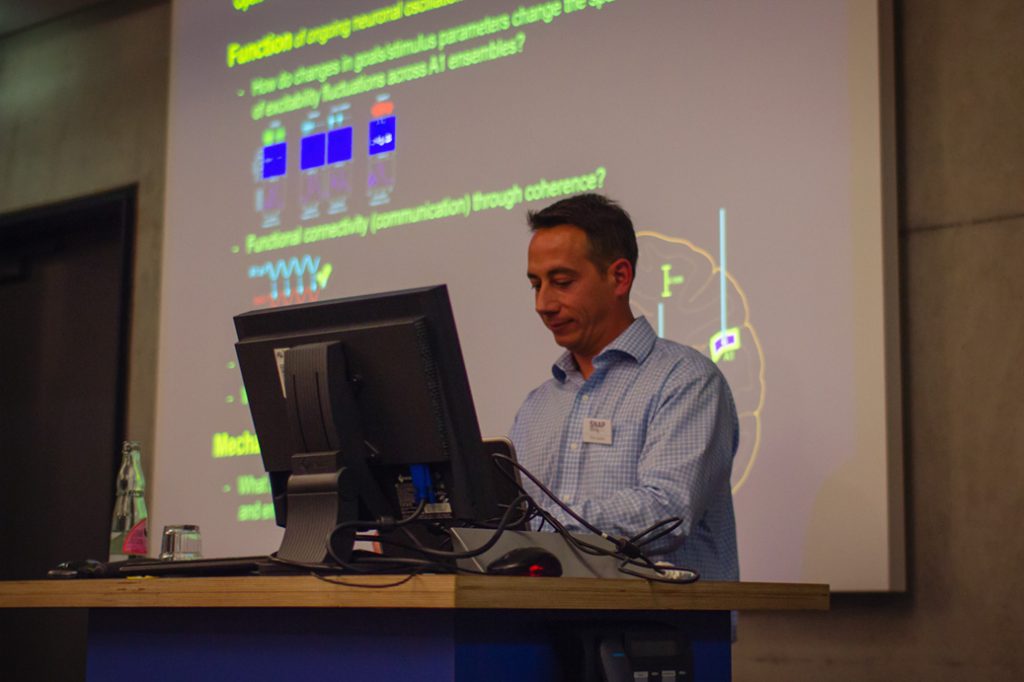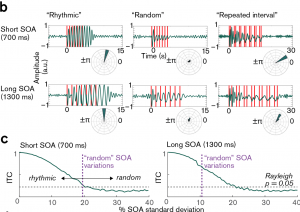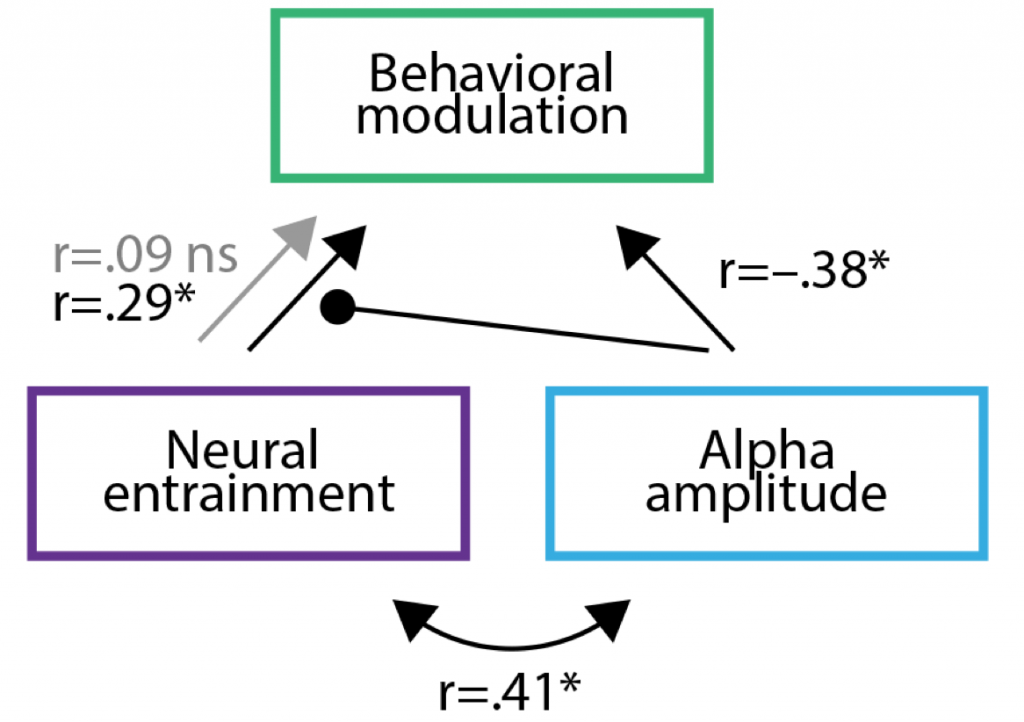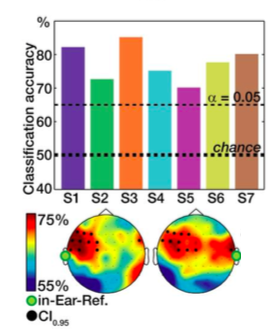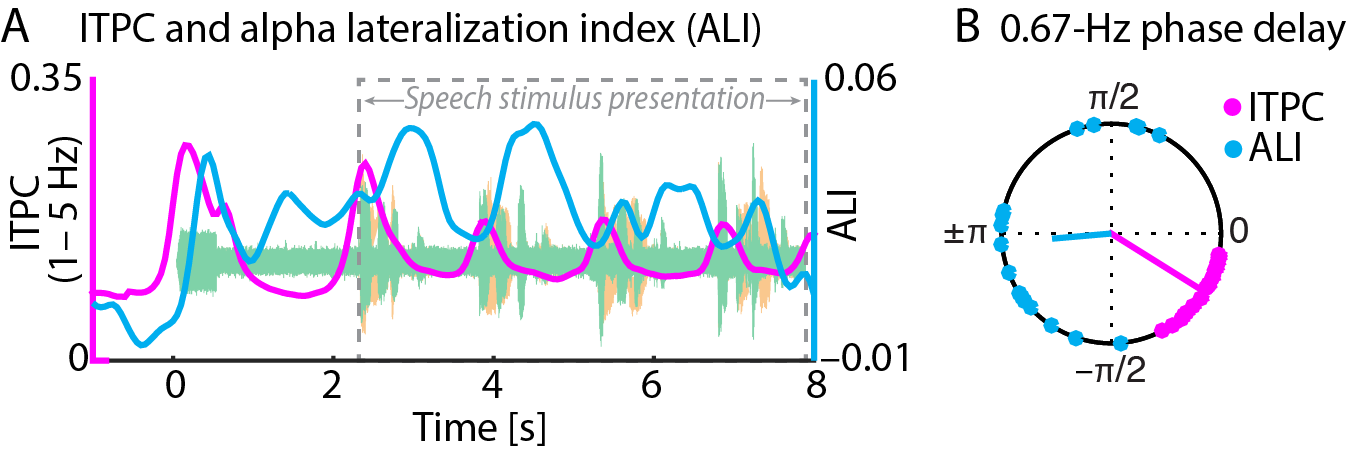Our lab (senior author Sarah Tune) teamed up once again with the Babylab Lübeck, led by Sarah Jessen: Sarah and Sarah co-wrote a great tutorial on how the versatile analysis framework of temporal response functions can be used to analyse brain data obtained in infants. The article has now been accepted for publication in the well-reputed journal Developmental Cognitive Neuroscience:
Very excited to share our new tutorial article together with @jonasobleser and @sarahs_tunes on how neural tracking can be used to analyze infant EEG data. https://t.co/UnHljCEwkm
— Sarah Jessen @sarahjessen.bsky.social (@jessen_sarah) November 9, 2021

